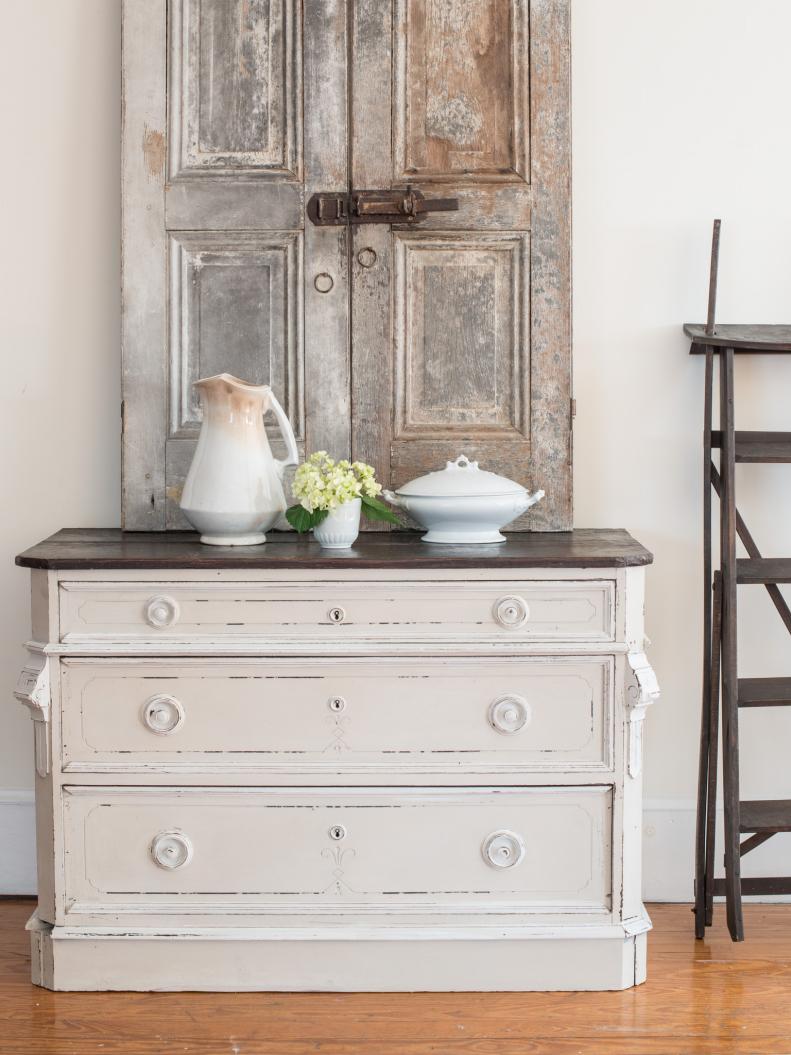1 / 9
Photo: Marian Parsons.
From:
Marian Parsons.
A New Old Look
When giving an old piece of furniture a fresh coat of paint, it's fitting to distress it a bit, so the new paint feels natural on the vintage or antique piece. The look can be subtle or dramatic, depending on the techniques and paints used. Flat, matte and chalky paints tend to distress better and look more authentic than gloss or semi-gloss finishes.









